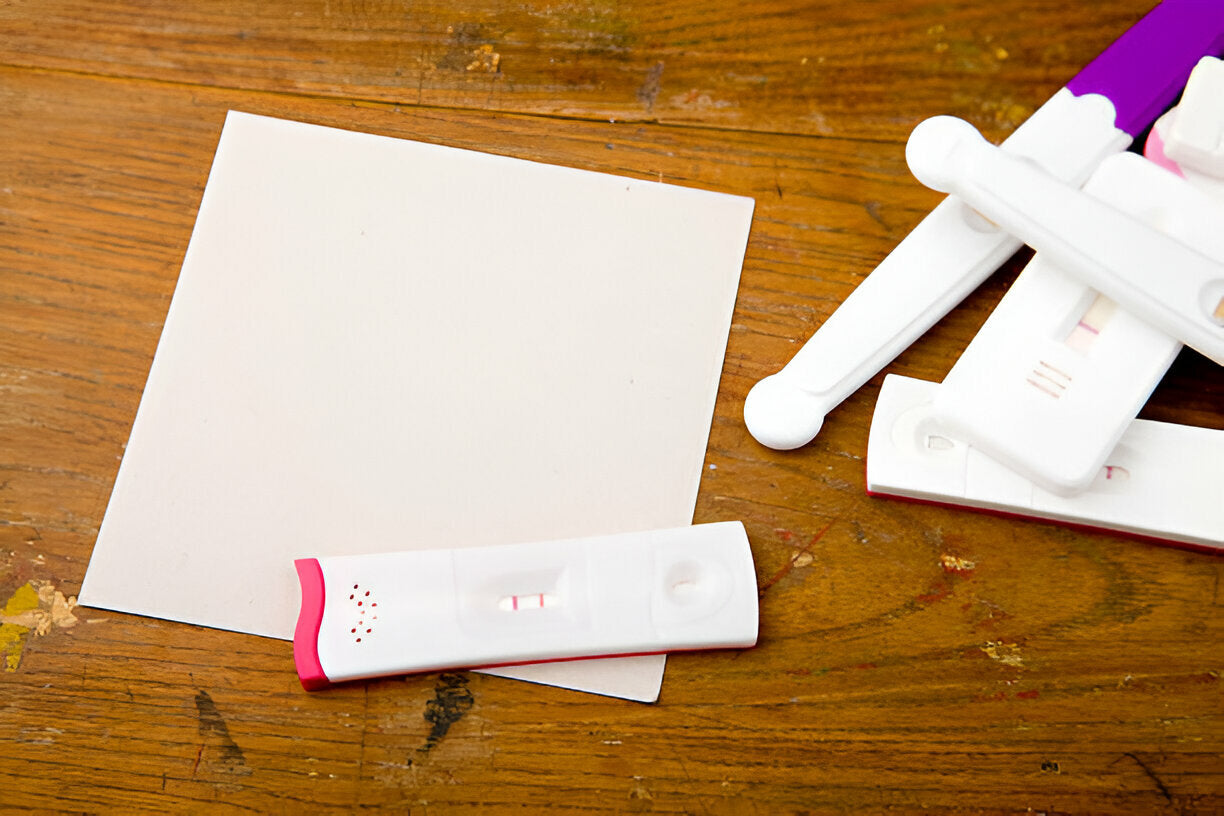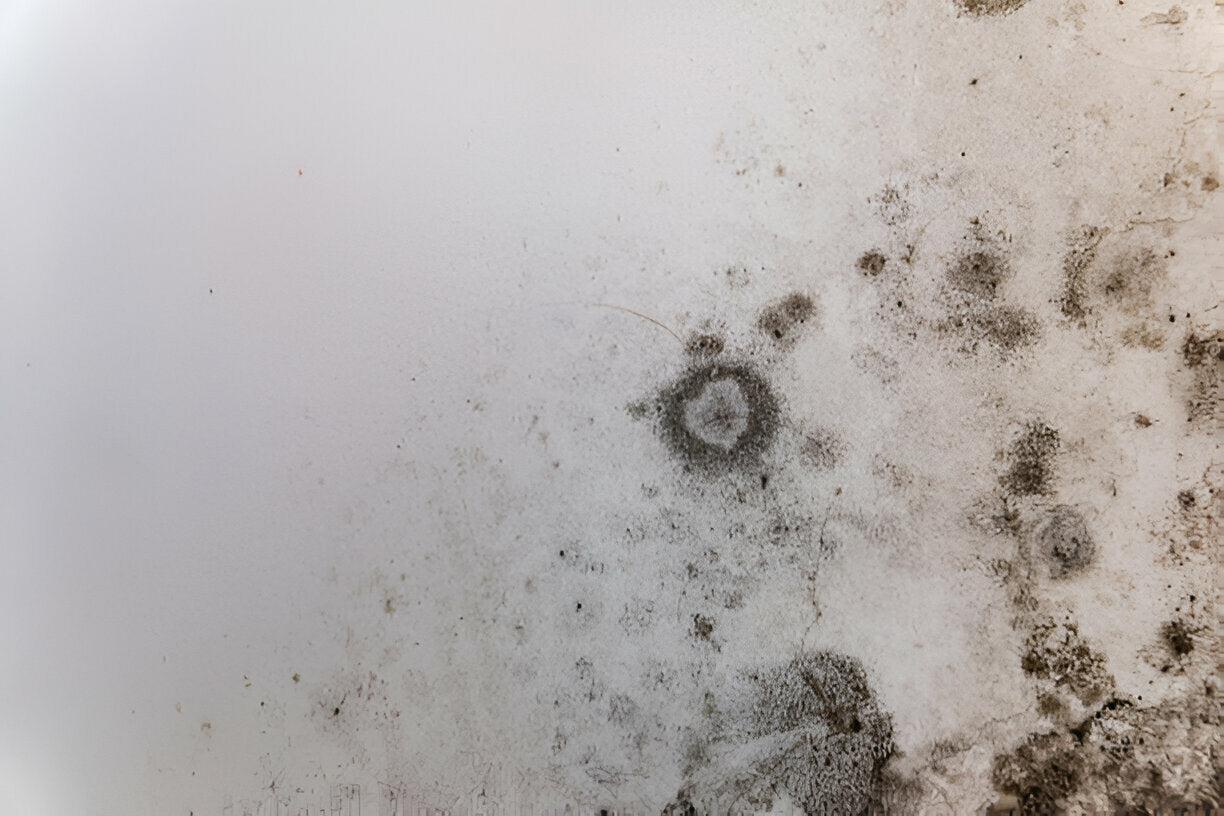Understanding Soot Contamination: How It Affects Your Home and Health
After a fire, most homeowners and business owners focus on repairing structural damage and removing visible debris. However, one of the most persistent and often overlooked dangers is soot contamination. Soot, a byproduct of incomplete combustion, can linger long after a fire is extinguished, settling on surfaces and circulating through the air.
Even if a fire was small or contained, soot particles can spread throughout an entire home, embedding themselves into fabrics, walls, and HVAC systems. But how serious is soot contamination? Can it affect your health? And how do you test for it?
In this article, we’ll explore the hidden dangers of soot, how to determine whether your home is affected, and how DIY soot testing kits can help you assess the severity of contamination.
What Is Soot and How Does It Spread?
Soot is a fine black or brown residue composed of tiny carbon particles. It forms when materials such as wood, plastic, textiles, and fuel burn incompletely. Depending on the fire’s source, soot may contain toxic chemicals, heavy metals, and acidic compounds, making it a serious health and environmental hazard.
Soot can spread far beyond the immediate fire area, traveling through air vents, settling into carpets and furniture, and coating walls and ceilings. Even if you don’t see visible black streaks or stains, microscopic soot particles can still be present in your home.
Sources of Soot in the Home
While fire damage is the most obvious cause, soot can also result from:
- Furnace malfunctions (puff-back events)
- Candle and incense burning
- Gas or wood-burning fireplaces
- Cooking residue from grease fires
- Vehicle exhaust entering the home
Because soot is so fine, it often goes unnoticed, leading to long-term exposure risks if not properly addressed.
The Hidden Dangers of Soot Exposure
Soot is more than just an aesthetic nuisance—it’s a potential health hazard. The tiny particles that make up soot can be inhaled and absorbed into the bloodstream, leading to various health concerns, including:
1. Respiratory Issues
Soot exposure can irritate the lungs and exacerbate conditions such as asthma, bronchitis, and other respiratory illnesses. Prolonged exposure may even contribute to reduced lung function over time.
2. Skin and Eye Irritation
Soot particles contain acidic compounds that can cause skin rashes, irritation, and eye discomfort upon contact.
3. Long-Term Health Risks
Because soot can contain toxic chemicals, prolonged exposure has been linked to heart disease, cancer, and neurological damage, especially in vulnerable populations such as children, the elderly, and those with pre-existing conditions.
4. Property Damage
Beyond health risks, soot contamination can lead to permanent staining, corrosion of metal surfaces, and deterioration of electronics if not properly cleaned. If left untreated, soot damage can become costly to remediate.
How to Tell If Your Home Has Soot Contamination
Because soot particles are so small, contamination isn’t always obvious. However, there are several warning signs that indicate soot may be present in your home:
1. Persistent Smoky Odor
If your home smells like burnt or charred materials long after a fire, soot particles are likely still lingering in the air or embedded in fabrics and surfaces.
2. Black Stains on Walls and Ceilings
Soot often accumulates on walls, ceilings, and around air vents, creating streaks, smudges, or dark patches.
3. Oily or Powdery Residue on Surfaces
Some types of soot feel greasy to the touch, while others appear as a fine, powdery dust that resettles after cleaning.
4. Increased Allergy Symptoms
If you or your family members experience unexplained coughing, sneezing, headaches, or eye irritation, airborne soot may be a factor.
5. Contaminated Air Ducts
If soot entered your HVAC system, it can continuously circulate through your home, leading to ongoing exposure even after visible soot is cleaned.
The Importance of Soot Testing
If you suspect soot contamination in your home, testing is the best way to confirm its presence and determine its severity. Professional soot testing involves laboratory analysis of collected samples to detect microscopic soot particles.
At MycoTest, we offer DIY soot testing kits that allow homeowners and professionals to quickly and easily determine whether soot contamination is present.
How Our DIY Soot Test Kit Works
- Collect a Sample – Use the provided tape samples to collect soot from affected surfaces in your home.
- Send It to the Lab – Mail your sample to our certified lab using the prepaid shipping label included with your kit.
- Get Fast, Professional Results – If the lab receives your sample by 2 PM EST, results are available as early as the next business day.
- Free Consultation – MycoTest offers a free 10-minute follow-up call to help you interpret your results and plan your next steps.
With accurate lab testing, you can confirm whether soot is present, understand the extent of contamination, and make informed decisions about cleanup and restoration.
What to Do If Your Test Confirms Soot Contamination
If your test confirms soot is present in your home, take the following steps:
- Limit Exposure – Avoid touching or disturbing soot-contaminated surfaces, as this can spread particles further.
- Use Proper Cleaning Methods – Simple soap and water won’t remove soot effectively. Special dry sponges, HEPA vacuums, and chemical cleaners are required for proper remediation.
- Check Your HVAC System – If soot entered your ductwork, a professional HVAC cleaning is recommended to prevent ongoing contamination.
- Consider Professional Remediation – If the damage is severe, hire a certified fire damage restoration company to safely clean and restore your home.
- Use Your Test Results for Insurance Claims – Many insurance providers require proof of soot contamination before covering cleanup costs. Your lab results from MycoTest can serve as documentation.
Final Thoughts: Take Action Against Soot Contamination
Soot contamination is more than just a cosmetic issue—it can pose serious risks to both your health and your home. If you've experienced a fire, even a small one, it's important to test for soot to ensure a thorough and effective cleanup.
With MycoTest DIY Soot Testing Kits, you can get fast, accurate results from a certified lab, helping you make informed decisions about restoration, remediation, and insurance claims.
Don’t Take Chances with Your Health & Home
If you suspect soot contamination, take action today! Order a MycoTest Soot Testing Kit and ensure your home is safe from lingering fire residues.






